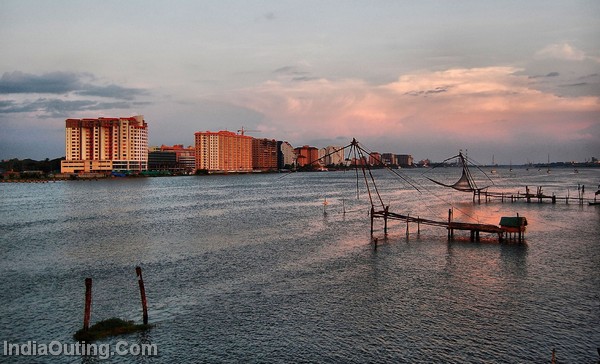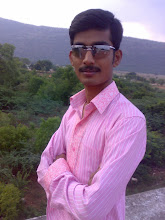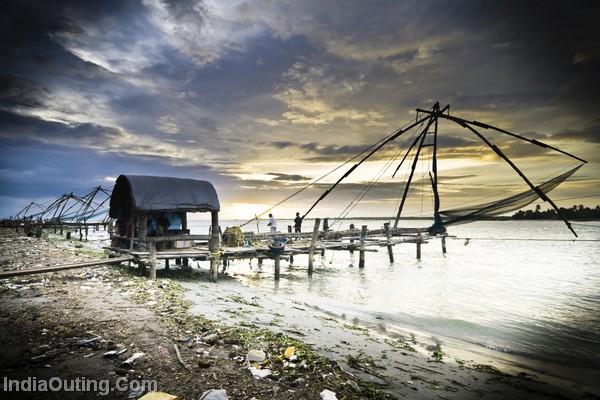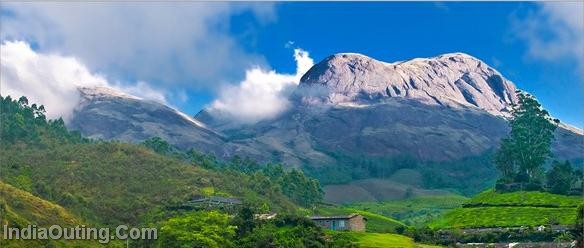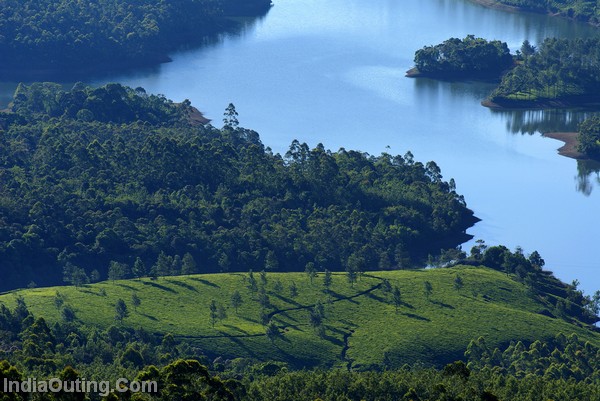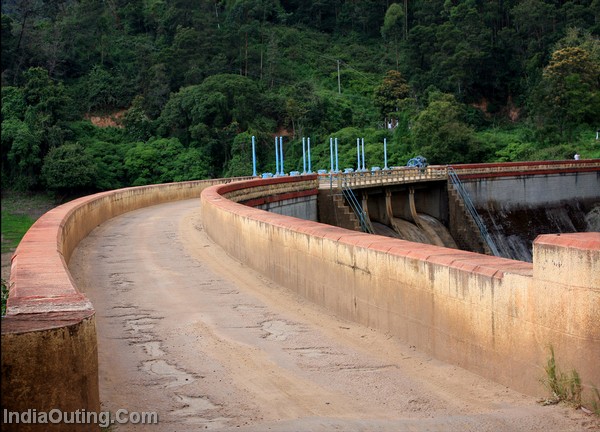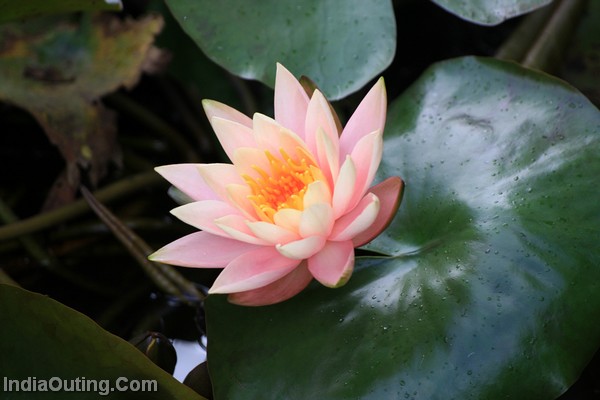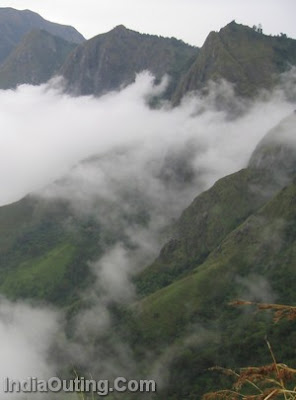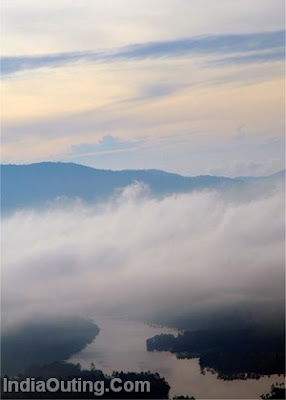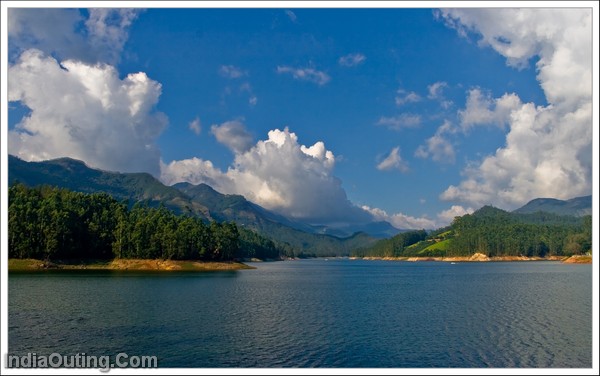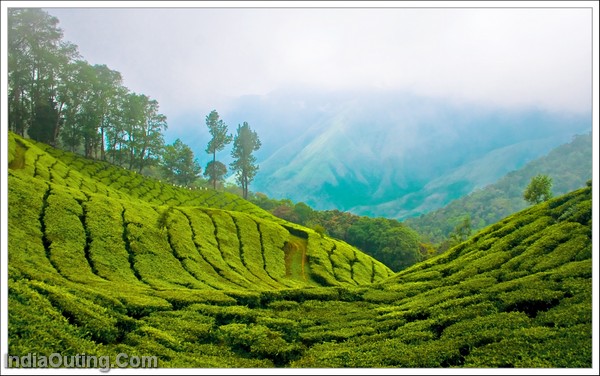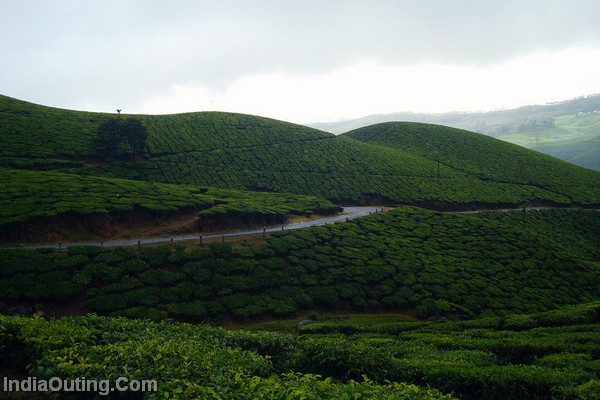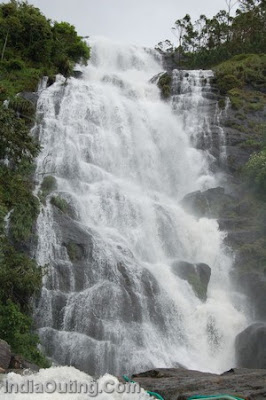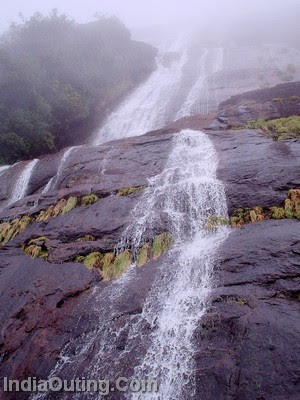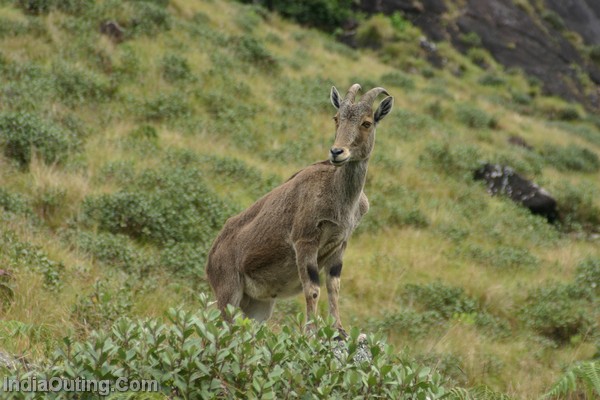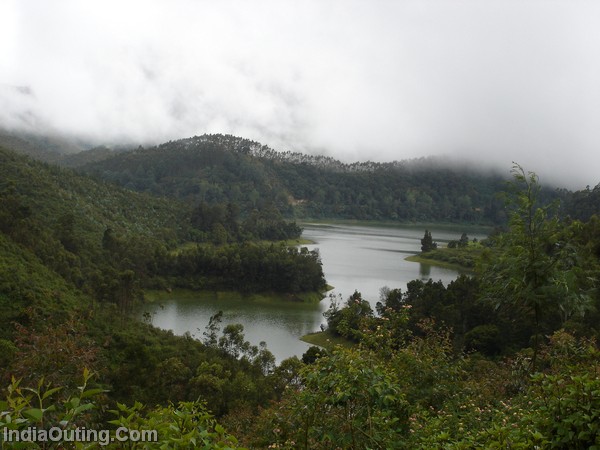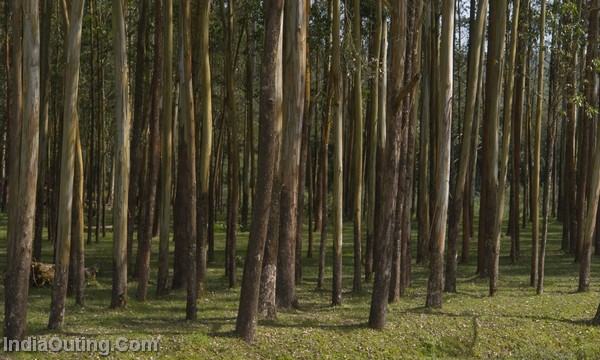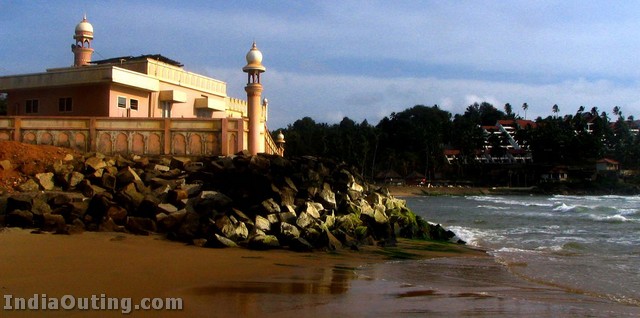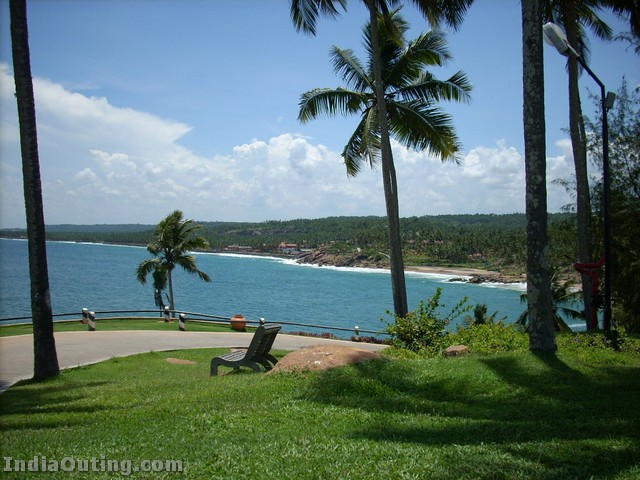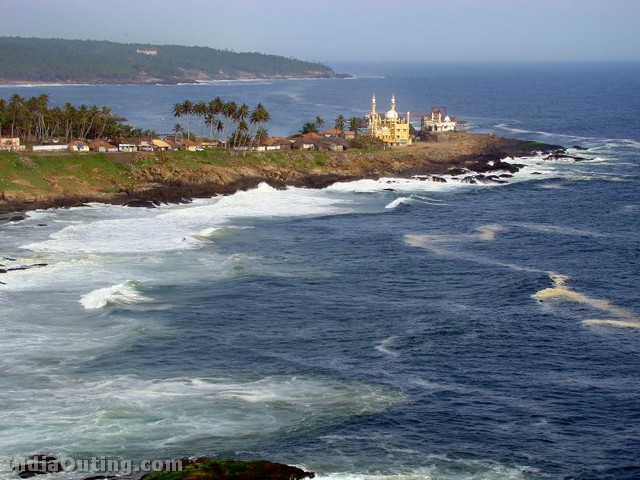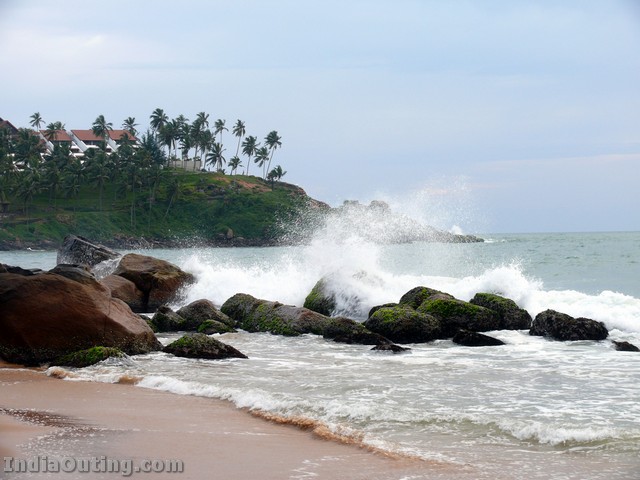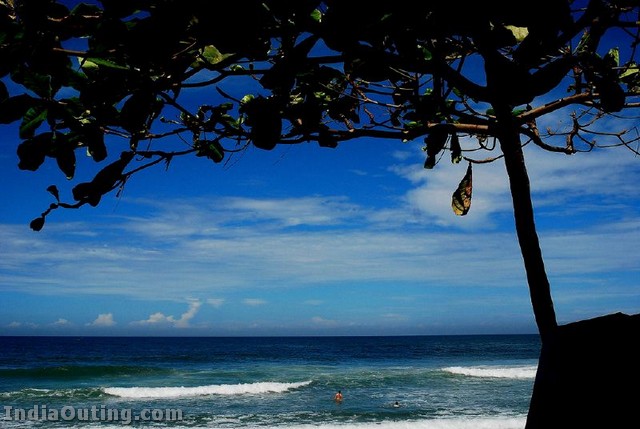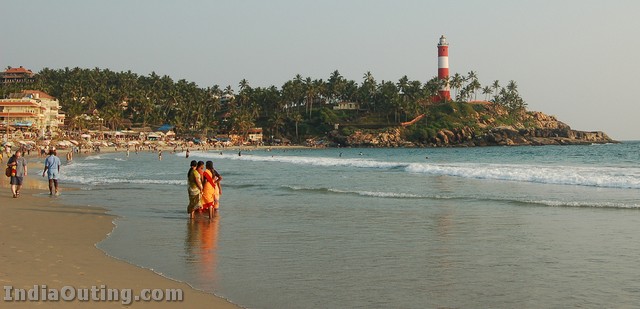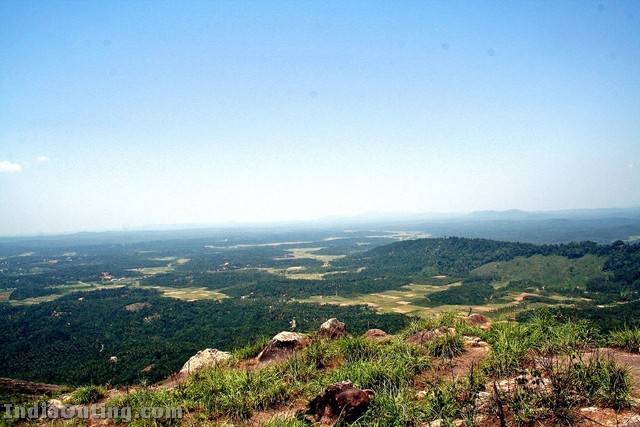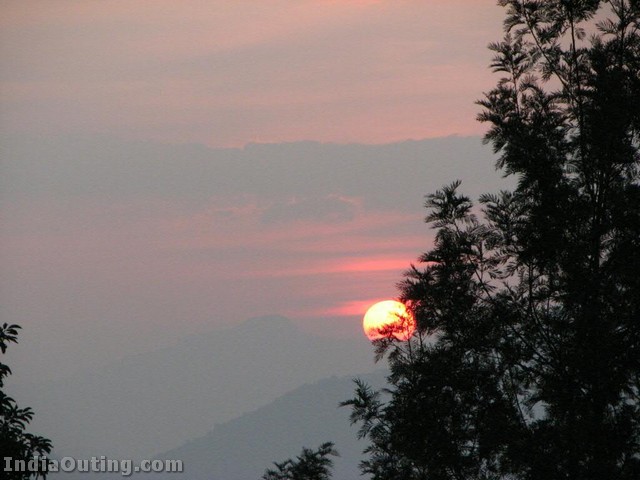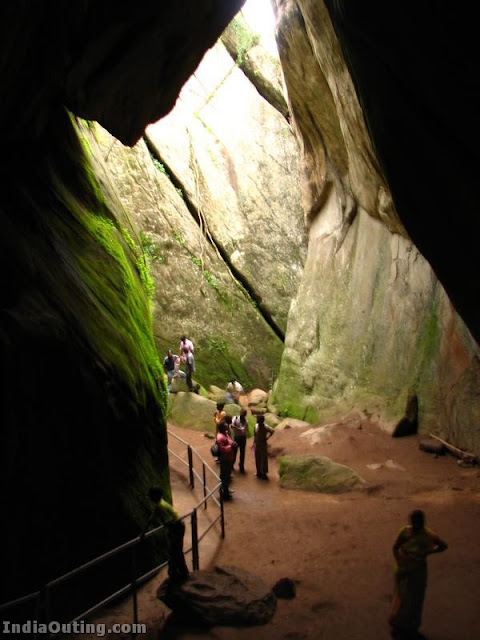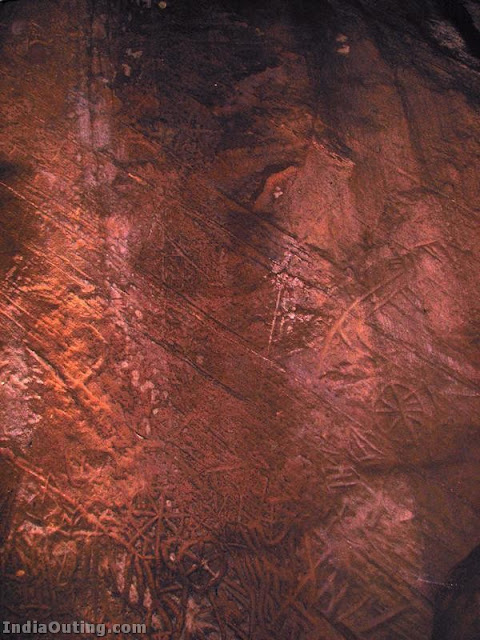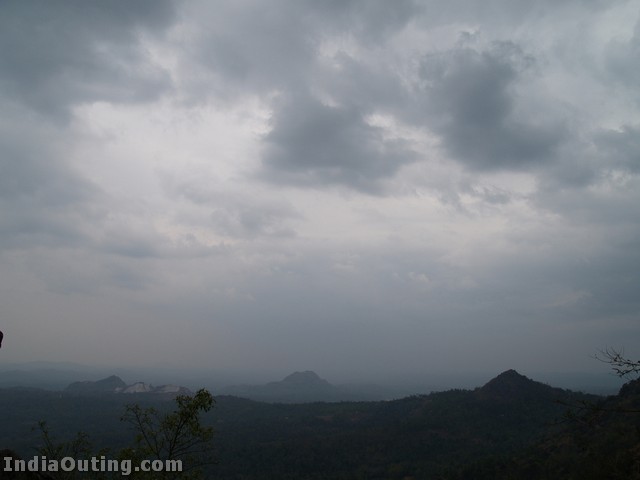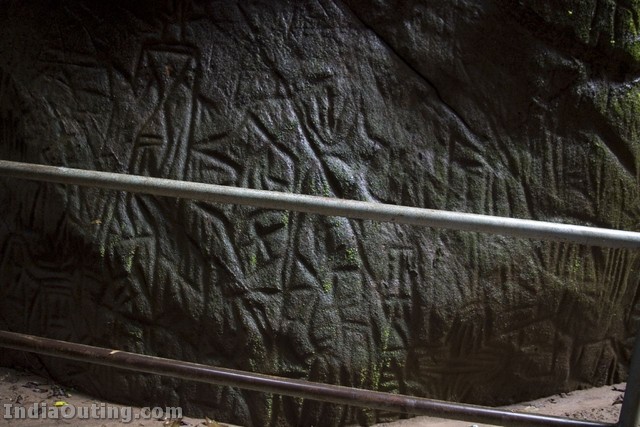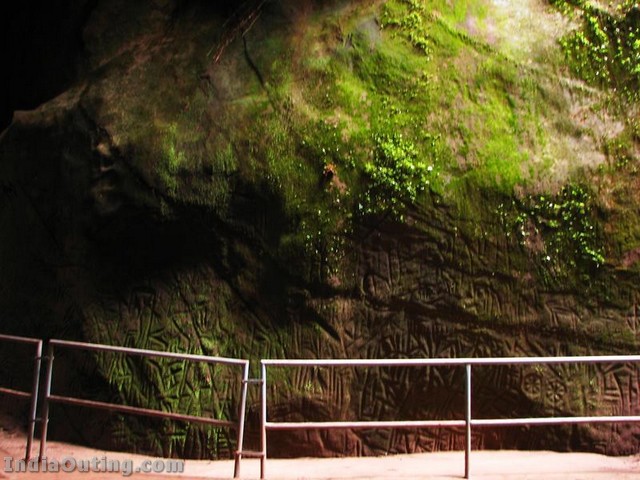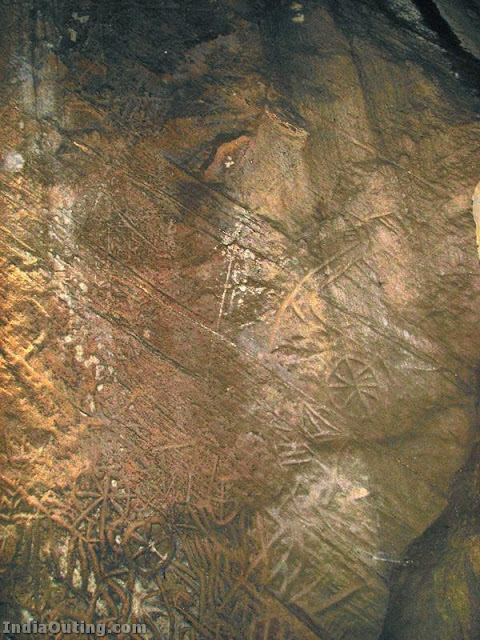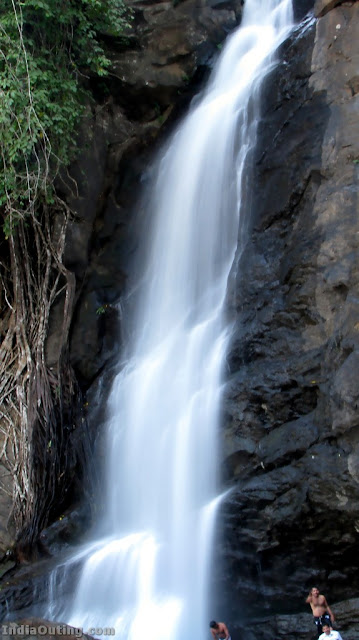Kochi (Malayalam: കൊച്ചി), formerly known as Cochin, is a city in the Indian state of Kerala. The city is one of the principal seaports of the country and is located in the district of Ernakulam, about 220 kilometres (137 mi) north of the state capital, Thiruvananthapuram. It has an estimated population of 600,000, with an extended metropolitan population of about 1.5 million, making it the largest urban agglomeration and the second largest city in Kerala after the capital.
Since 1102 CE, Kochi was the seat of the Kingdom of Cochin, a princely state which traces its lineage to the Kulasekhara empire. Heralded as the Queen of the Arabian Sea, Kochi was an important spice trading centre on the Arabian Sea coast from the 14th century onwards. Ancient travellers and tradesmen referred to Kochi in their writings, variously alluding to it as Cocym, Cochym, Cochin, and Cochi. Occupied by the Portuguese in 1503, Kochi was the site of the first European colonial settlement in India. It remained the capital of Portuguese India until 1530, when Goa became the capital. The city was later occupied by the Dutch, the Mysore and the British. Kochi was the first princely state to willingly join the Indian Union, when India gained independence in 1947.
A growing centre of information technology, tourism and international trade, Kochi is the commercial hub of Kerala, and one of the fastest growing second-tier metros in India. Successive waves of migration over the course of several millennia have made Kochi a cultural melting pot. Despite the risk of overdevelopment, the city retains its distinct colonial heritage and a blend of tradition and modernity.
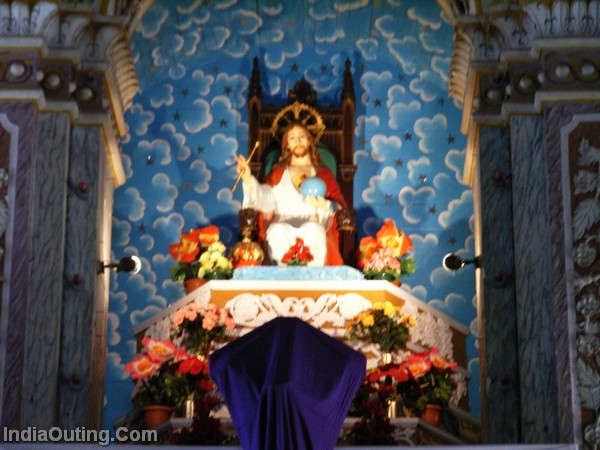
History
Kochi was the centre of Indian spice trade for many centuries, and was known to the Yavanas (Greeks) as well as Romans, Jews, Arabs, and Chinese since ancient times. Kochi rose to significance as a trading centre after the port at Kodungallur (Cranganore) was destroyed by massive flooding of the river Periyar in 1341. The earliest documented references to Kochi occur in books written by Chinese voyager Ma Huan during his visit to Kochi in the 15th century as part of Admiral Zheng He's treasure fleet. There are also references to Kochi in accounts written by Italian traveller Niccolò Da Conti, who visited Kochi in 1440.
The Kingdom of Kochi came into existence in 1102, after the fall of the Kulasekhara empire. The King of Kochi had authority over the region encompassing the present city of Kochi and adjoining areas. The reign was hereditary, and the family that ruled over Kochi was known as the Cochin Royal Family (Perumpadappu Swaroopam in the local vernacular). The mainland Kochi remained the capital of the princely state since the 18th century. However, during much of this time, the kingdom was under foreign rule, and the King often only had titular privileges.
Kochi witnessed economic stagnation in the years following India's independence. The city's economic recovery gathered momentum after economic reforms in India introduced by the central government in the mid-1990s. Since 2000, the service sector has revitalised the city's stagnant economy. The establishment of several industrial parks based on Information technology (IT) and other port based infrastructure triggered a construction and realty boom in the city. Over the years, Kochi has witnessed rapid commercialisation, and has today grown into the commercial capital of Kerala.
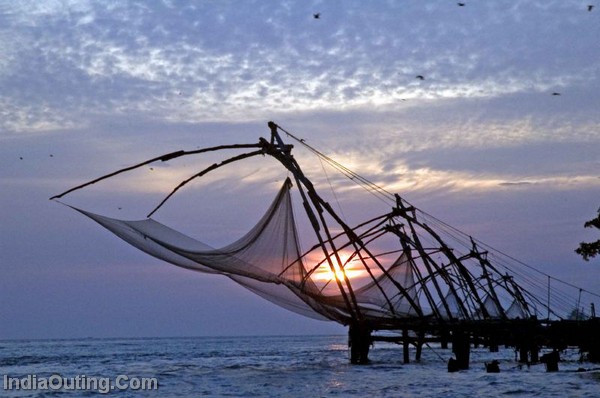
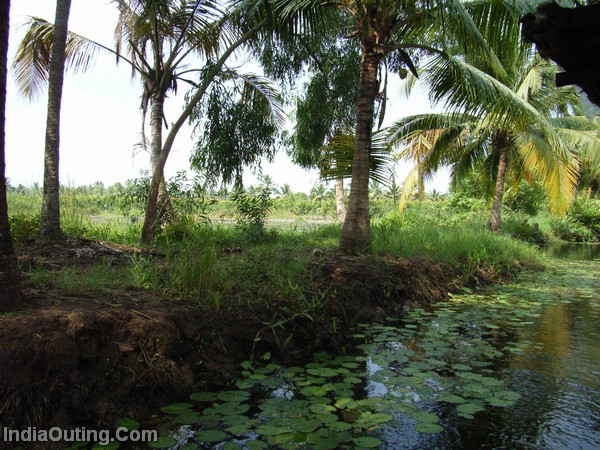
Climate
Kochi's proximity to the equator along with its coastal location results in little seasonal temperature variation, with moderate to high levels of humidity. Annual temperatures range between 20 to 35 °C (68–95 °F) with the record high being 34 °C (96 °F), and record low 17 °C (63 °F). From June through September, the south-west monsoon brings in heavy rains as Kochi lies on the windward side of the Western Ghats. From October to December, Kochi receives light rain from the northwest monsoon, as it lies on the leeward side. Average annual rainfall is 274cms (108 in), with an annual average of 132 rainy days.
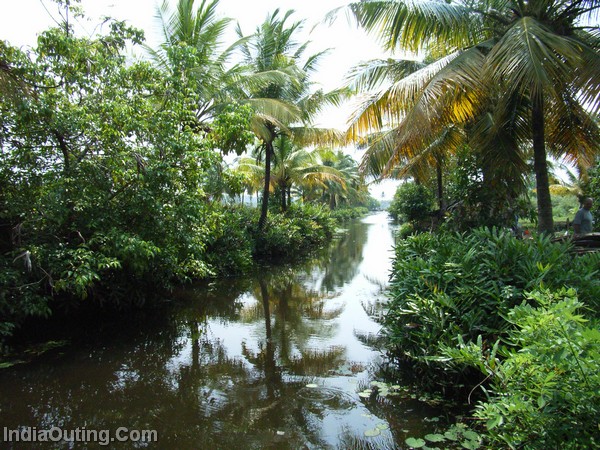
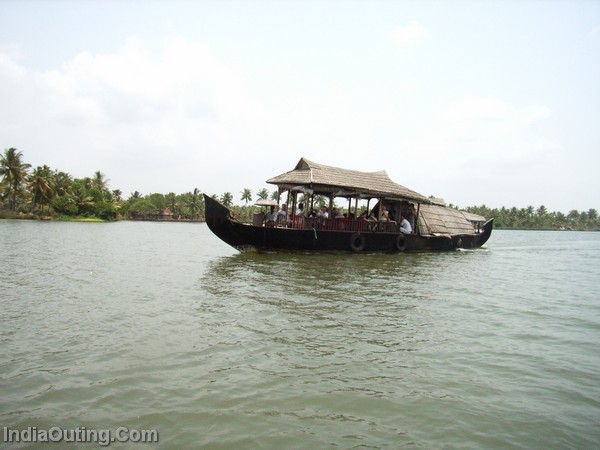
Get in
By plane:
- Cochin International Airport
is located in Nedumbassery approximately 29 km from the city. There are flights to and from Colombo, Dubai, Abu Dhabi, Singapore, Sharjah, Jeddah, Muscat, Kuwait, Thiruvananthapuram, Mumbai, Chennai, Delhi, Hyderabad and Bangalore. Take a pre-paid taxi to your destination.
- Trivandrum International Airport, which is around 220 km from Kochi, and travel to Kochi by road/rail. It is 4-5 hour journey.
By train : You can reach Cochin from other cities Thiruvananthapuram (Trivandrum), Coimbatore, Kozhikode (Calicut), Chennai, Bangalore, Bombay, New Delhi, Hyderabad, Kolkata by train.
There are two major Rail station in Cochin( Ernakulam Town and Ernakulam Junction, locally known as North and South railway stations). The Indian Railways [3] serves Cochin with a number of train services connecting it to other parts of the state and the country. One of the best ways to get to Cochin is to take the Konkan Railway train from Mumbai that passes through the Konkan coast. The train ride is renowned for the breathtaking scenery and the natural beauty of the terrain that the train passes through.
By bus : Cochin (Kochi) is accessible from all parts of the state of Kerala, through the extensive state run Kerala Road Transport Corporation (K.S.R.T.C.) bus service. These buses are generally cheap and reliable, but the drivers are notoriously reckless, although they have excellent control over their vehicles. There buses are classified as Ordinary Passenger, Limited Stop, Fast Passenger, Super Fast Passenger, Lightning Express and Garuda. The last is an air-conditioned service operating on the Thiruvananthapuram-Coimbatore and Thiruvananthapuram-Calicut routes, both passing through Kochi. These are modern buses and compare with buses in Europe, with well-maintained interiors and comfortable seats.
There are also numerous private buses or 'route buses' that connect pretty much every single district in Kerala to Cochin. Both the K.S.R.T.C and the private buses offer very basic comforts and are rarely air conditioned.
There also exists daily services to and from other major cities in South India including Mumbai, Bangalore(12 hrs), Mangalore (12 hrs), Coimbatore (4.5 hrs) and Chennai (14 hrs). These are run by both private operators and by the respective State Transport Authorities. The private buses offer better comfort, are cleaner and more modern, and are more expensive. A ticket on a private operator-run bus, especially an A/C Volvo bus, is costlier than a 3-AC train ticket.
By taxi :Trivandrum to Kochi around 220 km
By boat : Cochin can be reached by sea in yachts or by occasional cruise ship from Goa or Bombay.
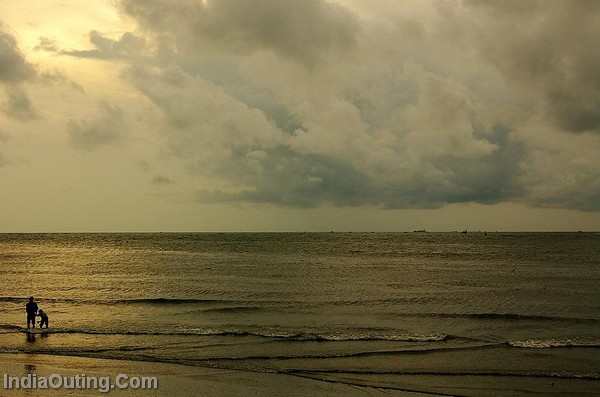
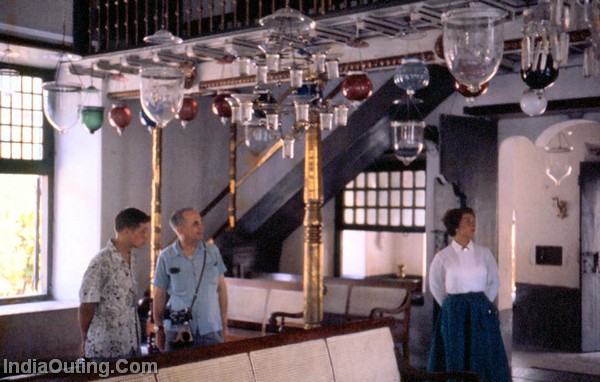
See
- Hill Palace Museum – The erstwhile Cochin Raja's palace, now converted to a museum along with a small zoo, is 12 Km south-east of Ernakulam at Tripunithura. Has paintings and epigraphy from the collections of the Travancore & Cochin royal families.
- Museum of Kerala History – at Edappally, 10km. north of the city
- Pareekshith Thampuran Museum contains oil paintings, old coins, sculptures and Mughal paintings, and models of interesting temples and traditional Kerala buildings.
- Fort Kochi
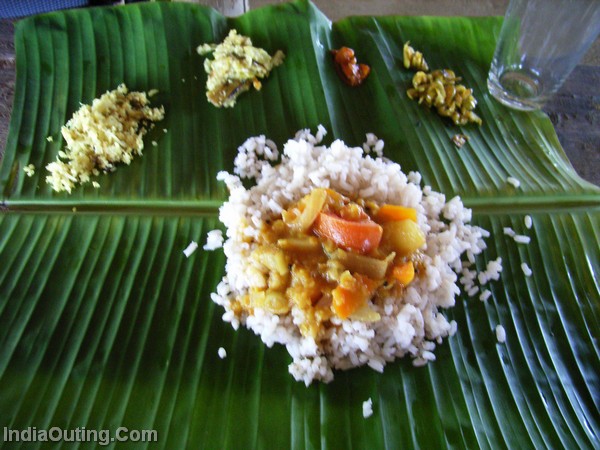
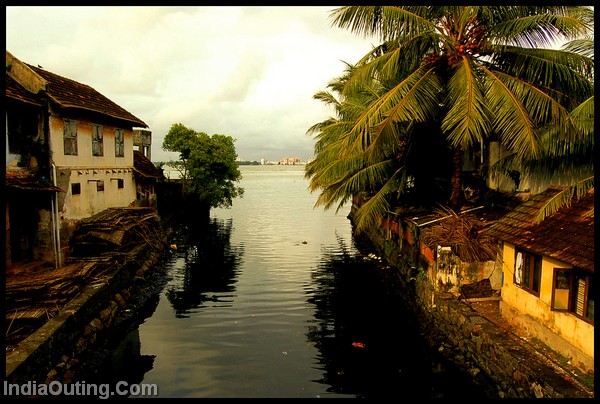
- Mattancherry There is a beautiful Jain temple here. It is great to visit at about 12:15hrs when the pigeons are feed by Jain mandir people, which they have been doing for the past 17 years. A huge number of pigeons first take three circles of the temple and listen to mantra before eating.
- Willingdon Island – An large artificial island made out of sand dredged from the backwaters to deepen the Kochi Port.
- Vypeen and Gundu Islands – The Island boasts a lighthouse at Ochenthuruthu, beaches and the early 16th century
- Bolgatty – built in 1744 as Dutch Palace; one of the KTDC Hotels with green lawns and Golf Course.
- Chinese fishing Nets – at Fort Kochi.
- Dutch Palace – constructed by the Portuguese in 1568 for Maharaja of Kochi Veera Kerala Varma. Later rebuilt by the Dutch.
- St. Francis Church, Fort Kochi – constructed by the Portuguese[1503]. Vasco da Gama was buried here [1524] and later his remains were transferred to Lisbon, Portugal. His tombstone can be seen inside the church.
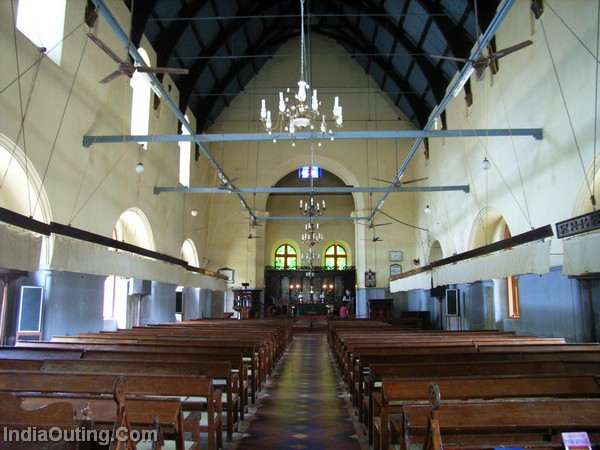
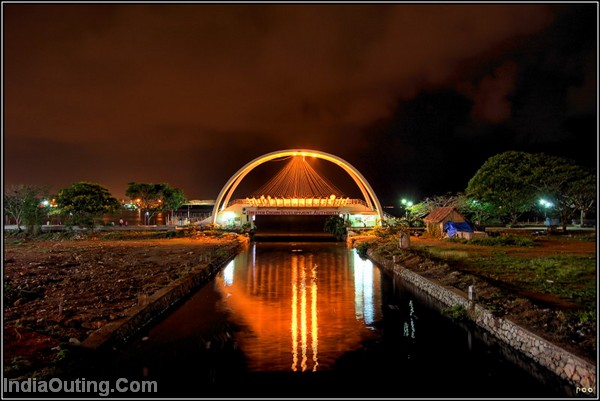
- Jew Street and Synagogue – at Mattancherry, the synagogue was constructed in 1568 and rebuilt in 1662.
- Santacruz Cathedral- at Fort Kochi
- Art Complex – Madhavan Nayar Foundation – Gallery of Paintings and Sculptures at Edappally, 10 km. north of city. (There is the Kerala History Museum, history students take note!)
- Thirumala Devaswom Temple – at Mattancherry. A temple built by the Gowda Sarawatha Brahmins, Lord Venkateswara the main deity, famous for second-largest brass bell in Asia. The North Gopuram is fully roofed with copper.
- Ernakulam Siva Temple – situated at the centre of the town, near the Durbar Hall Ground.
- Durbar Hall Ground – venue of many fairs during festivals
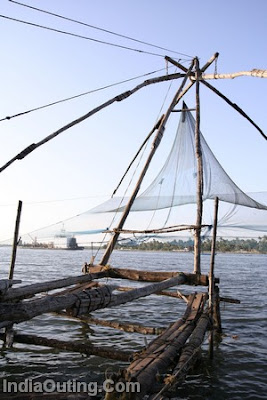

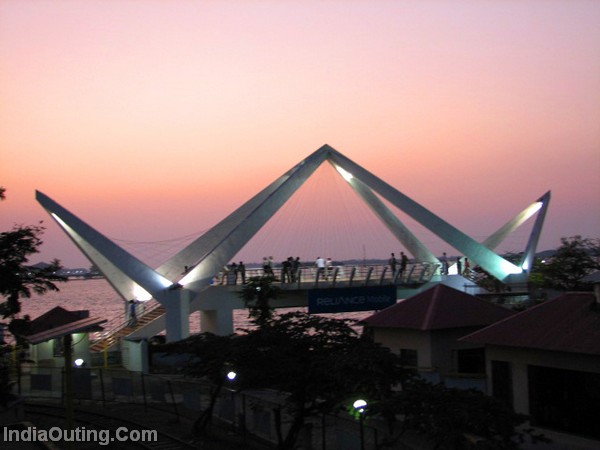
- Kalady – Birth place of Sri Shankaracharya (Adi Shankara) [786-820], the great Indian philosopher and founder of the Advaita philosophy. Shrines of Shankaracharya here are open to all pilgrims, irrespective of religion or caste. 48km north of the city.
- Kanjiramattam Mosque – Muslim pilgrim center, venue of Kudikkuthu Festival, 30km east of the city
- Chendamangalam – Historically the seat of Paliath Achan, the Prime Minister of Kochi Kingdom, old Oriental Jewish synagogue and colony. Now a centre for handloom weaving and coir manufacturing, view of annual fair "Mattachanda" (Barter Systems). It is 42km north-west of city near North Paravur .
- Pallipuram Fort – built by the Portuguese in 1503, one of the oldest existing European monuments in India. Situated in Vypeen island at Pallipuram.
- Aluva – called "Alwaye" till a few years ago, town on the way from the international airport to Kochi, has some places of interest – Sree Narayana Guru's Advaita Ashram and the erstwhile Travancore king's palace.
- Aluva Manalpuram – is famous for the Shivarathri festival on the sandy banks of the Periyar river.
- Malayattoor Mount – A Christian pilgrimage centre, supposed to be a place visited by St. Thomas. (St. Thomas visited Kerala in AD 52. Don't forget Christianity reached India much before it reached Europe!)
- Cherai Beach – near North Paravur is a new-generation tourist hot-spot with golden beaches (with big sand grains, like those of river sand used in construction, probably deposited by the Periyar river at some point in time), coconut palm corridors, backwaters, and historical monuments. You can reach Cherai Beach by bus, auto rickshaw, etc., from Ernakulam town though bus is a lot cheaper. Frequent buses are available from High Court that go through Goshree bridges and Vypeen Island.

